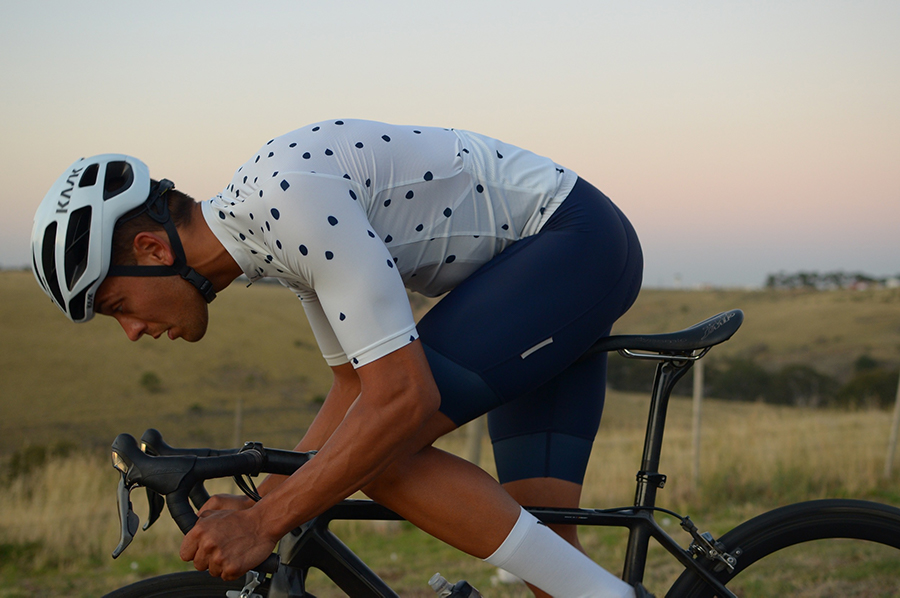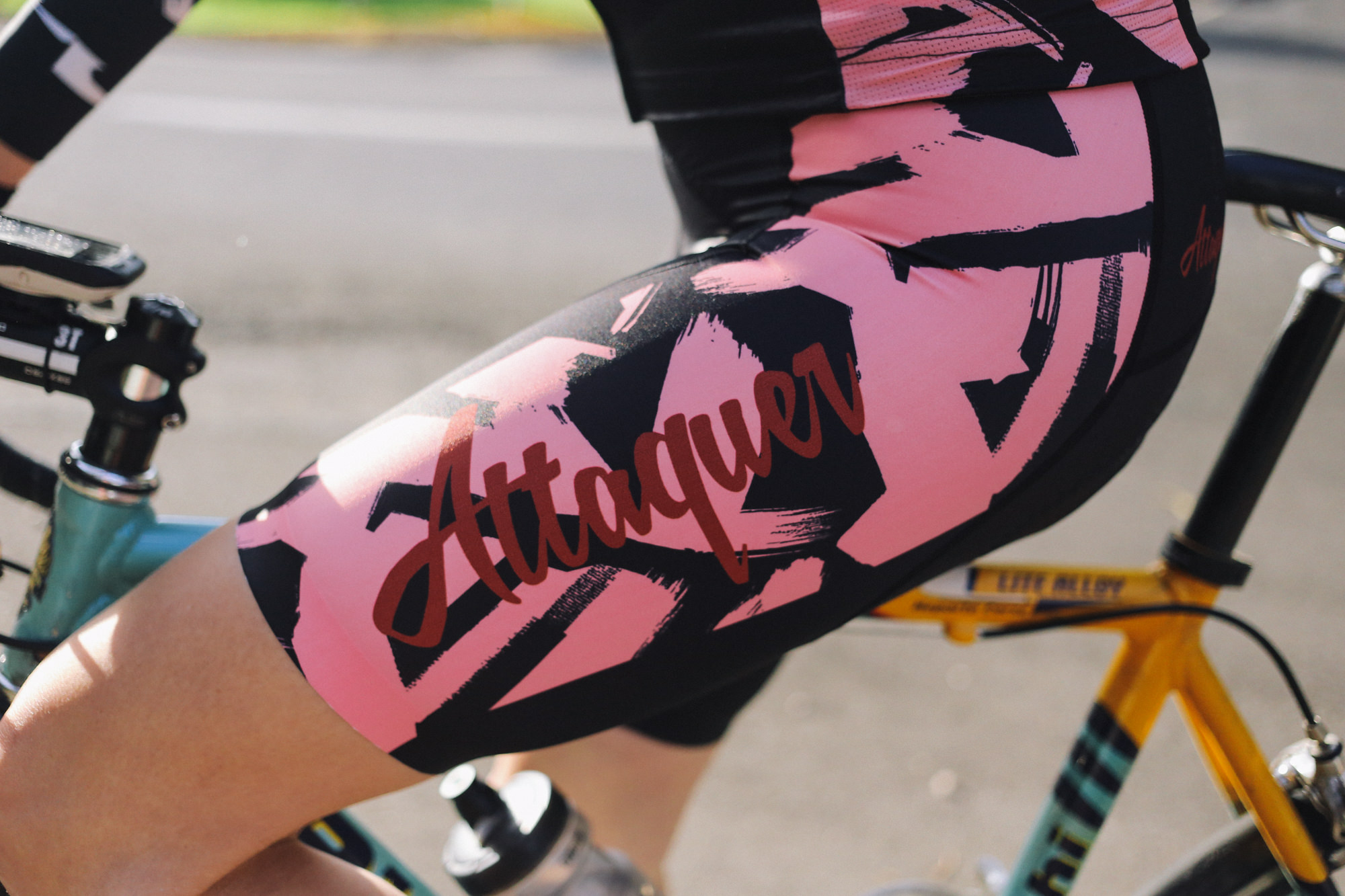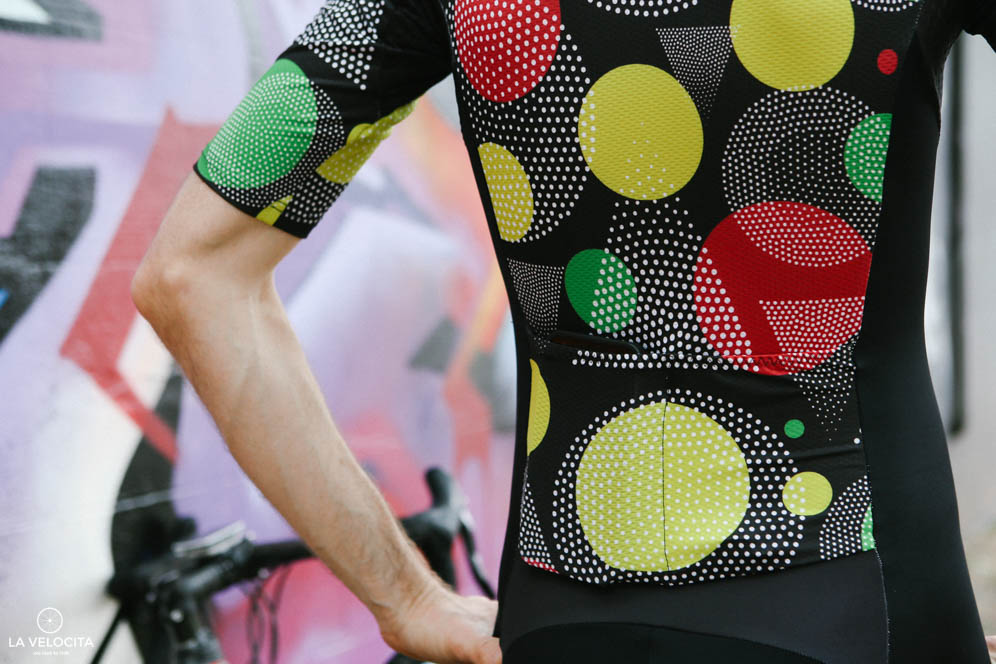The Boom and Bust of the Aussie Cycling Kit Scene

HOW AUSTRALIA GREW THE BEST APPAREL SCENE IN THE WORLD, AND WHY IT’S DECLINING
Words - James Raison
The last 12 to 18 months has seen a spate of cycling apparel brand closures. For every brand closing, there’s another in a state of radio silence with quiet social media accounts and no new releases. Each closure has its own nuanced reasons, but the broad market forces that led to the Australian apparel scene’s boom, and the causes of its current recession, are the same. The road cycling market in Australia has changed, the economic conditions are hostile and will force more brands to close down before long.
I’ve seen the development from the inside, both as media and apparel brand employee. Spin Cycle Clothing (who I’ve been working as the marketing manager for) entered a liquidation sale to sell of its stock and close down. On the media site, La Velocita grew in tandem with the Aussie kit scene. Local small brands were the first to support a small independent media site because they needed the content and we needed the product to review. We got to know most of the brands and people behind them.
So how did we get here? Well, it’s a story that’s been years in the making.
Author’s note; the pictures in this article are not intended as a statement on any brand; just a selection of the beautiful pictures of Australian brands.
CREATING THE BUBBLE
Let’s wind the clock back to the heady days of 2011-13. The Australian dollar was enjoying an unprecedented period of parity, and regularly edging above, the US dollar. Online shopping was exploding and our strong currency was stretching further than we could have dreamed.
China was bullishly pumping money into its economy as the government lent to banks, and the banks lent to the factory owners. Those factory owners began capitalising on the growing active apparel desire in western markets and pursued companies to add to their production queues. China only trades in US dollars so Australian brands suddenly had awesome purchasing power.
About the same time, road cycling became cool in Australia. The Tour Down Under had exploded in popularity when Lance Armstrong and reigning world champ Cadel Evans raced in 2010. Next was the incredible 2011 that saw Evans win Australia’s first Tour de France and Orica-GreenEDGE announce its formation and plans to contest the World Tour in 2012.
Back in Australia the apparel scene was bleak with dull foreign brands, shop branded gear, and team kit filling the racks. So the local disruptors took matters into their own hands. Attaquer burst onto the scene first with their outrageous early designs in glorious animal print, fluorescent colours, and their iconic flying skull. Their effect on the scene has been substantial. Others followed suit with MAAP, Black Sheep, Seight, Pedal Mafia, Pedla, Jaggad, and Babici all emerging at a similar time. All brought their own design language, and targeted the middle and upper echelon of fashion-conscious cyclists.
Then there was another wave of smaller brands that followed like; Lumiere, VeloOne, A’qto, Fiasco Ciclismo, Tenet Supply, Biketivist, Volero, and Spin Cycle Clothing. Some of these were run as side hustles by people employed in other industries, hoping that they’d make enough to become self-sufficient.
There’s plenty of brands beyond those I’ve mentioned. Too many to be sustained by the local scene riding a wave of popularity that would wane, and a business model that that only worked on an ever-increasing market.
TOO MUCH AND TOO GOOD
The quality of cycling apparel has become too good to support the output of so many brands.
Words like “over-priced” are used both frequently and incorrectly when it comes to cycling apparel. My first really expensive apparel purchased over 4 years ago is still going strong, and getting regular wear. Many baulk at the prices of some top-end apparel with $300 bib shorts, $200 jerseys, and $300+ jackets. The reality is expensive apparel is almost always the best. That’s my experience as buyer, professional reviewer, and employee of an apparel brand. Premium price means premium materials made to a high standard. Most of it goes out of fashion before it wears out. I’ve seen the margins on that premium gear from the inside as well and they’re dangerously slim.
Longevity isn’t exclusive to the premium market end either. Take Wiggle’s whose in-house brand dhb as an example. They’re making absurdly good apparel and accessories with thin margins that last for years.
Making quality, long-lasting apparel represents a strange but nonetheless very real existential threat to brand viability.
FAST FASHION, NOT FAST FASHION
The fast fashion industry has conditioned modern consumers into a rapid turnover of apparel driven by low prices. Cycling apparel is fast fashion that moves slowly through our wardrobes. The exploding apparel culture has resulted in over-stuffed and over-capitalised closets. It’s too expensive to throw out, and de-values too severely to sell while it’s in usable condition.
Monitor any cycling buy and sell group and you’ll notice how little money used kit sells for. High-end brands tend to hold their value the best, but there’s still a significant decline in value. It gets worse the further down the cost hierarchy you go.
The sudden popularity of road cycling gave a false reference for long-term brand sustainability. Buyers were giving distorted purchasing numbers while stocking their collection from scratch. It was common to buy multiple full kits per annum, along with the plethora of accessories that go along with it. Buyers then hit critical mass on apparel, stop buying, and then flood the used apparel market with crazy low prices. New customer acquisition is the logical next step for brands but waning road cycling participation makes for a more expensive fight over a shrinking slice of the pie.
RAPHA RIPPLES
Rapha is the 10 tonne gorilla in the room for the Australian apparel industry. A brand that became the benchmark for premium apparel but then trained customers to never pay full price for it. Late 2016 and through 2017 saw their sales become more frequent, and more aggressive. In August 2017 came the announcement that Rapha will be sold to RZC Investments. The most likely explanation for Rapha’s sales strategy was trying to bolster their numbers to complete the sale.
“Nobody buys Rapha full price!” has ostensibly became a meme among cyclists. It became a frustration for local premium brands who were unable to match Rapha’s frequent sales and blanket discounts, and were trying to sell to customers who expected they would.
Rapha is a very different beast in 2019. They’ve closed clubhouses, stripped back RCC benefits, and reeled in their sales cycle. They’re back in the men’s pro peloton and are creating some superb content to engage their audience. It’ll take a long time for them to re-entice buyers to purchase at full price and the effects of their old strategy will hang over the industry for some time. Just to be clear on this; we at La Velocita love Rapha. We’ve bought plenty of our own, and reviewed quite a lot of it. Their influence derives from success built on the quality of their kit and the aggression of their business model.
THE CHINA EFFECT
Compounding the issues above is the changing attitudes from Chinese manufacturers. Now overstuffed with orders from all over the world, they’re suddenly harder to deal with than when they were on client acquisition sprees. Speaking to brands who manufacture in China has surfaced a consistent theme; prices are rising, manufacturing times are getting longer, and communication with the factories is getting harder.
There’s undoubtedly an “Australia tax” that pervades cycling apparel, as it does many other industries. Our cycling apparel is among the most expensive in the world. Our buyers are conditioned to paying monstrous prices, and manufacturing costs for this market are higher because factory owners know this. The same gear manufactured for the American market would be manufactured cheaper because the factory owners know their consumers’ price ceiling.
It seems the driving force of our kit expansion is now its biggest liability. The rapid, cheap, and generally high quality Chinese manufacturing has slowed and become more expensive. The Aussie dollar is sliding against the USD which is China’s trading currency. The already slim margins are disappearing and the only option is to increase prices; a very dangerous move when dealing with the price-conscious modern buyers.
WRAPPING UP
The Australian cycling apparel scene has been the most aesthetically progressive, disruptive, and generally awesome in the world. It’s punched well above its weight in terms of global influence, and supported a staggering quantity of brands relative to our market size. The hope for this article is less to lament the contraction, than to celebrate the wonderful successes. Those still wearing Aussie kits, whether from an active or defunct brand, can do so knowing they’re owning a small slice of a wonderful moment in time. So many unlikely factors aligned to make our scene possible.
We wholeheartedly want people to support the brands that have survived the selection. We know many of the people behind them and they’re simply awesome. They’ve defied the odds and taken their dream of making better apparel to enhance love of riding beyond Australia. For those wanting to learn more about some of the stories behind the brands, here’s a little kit celebration we did a couple of years ago:













